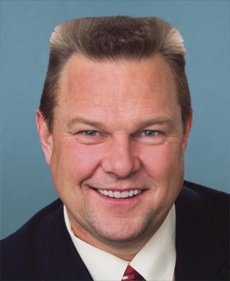Flattop
Flattop is a hairstyle that is characterized by the hair on the top of the head being cut and styled to form a flat, level surface, resembling the deck of a flatbed truck or a flat surface. This style is achieved by cutting the hair to a short length and then using hair products and sometimes a blow dryer to create the desired flat effect on top. The sides and back of the hair can vary in length, from being shaved close to the scalp to having some length, often styled in a fade or taper cut. The flattop is a versatile hairstyle that has been popular among men and boys in various forms since the 1950s.
History[edit | edit source]
The flattop has its roots in the mid-20th century, gaining popularity in the 1950s among the military and athletes due to its clean, neat appearance and easy maintenance. It became a symbol of the conservative, clean-cut image prevalent in American society during this era. Over the decades, the flattop has seen variations in its style, including the incorporation of longer lengths on top or more pronounced fades on the sides. It has also been embraced by various subcultures and has seen a resurgence in popularity at various times, reflecting changing trends in men's hairstyles.
Variations[edit | edit source]
There are several variations of the flattop, including:
- Classic Flattop: The traditional style with a flat, level top and short sides.
- Horseshoe Flattop: Characterized by the top resembling the shape of a horseshoe, with the longer hair in the center and shorter towards the sides.
- High and Tight Flattop: A military-style cut with very short sides and back, and a slightly longer, flat top.
- Faded Flattop: Incorporates a fade on the sides and back, blending into the flat top.
Cultural Significance[edit | edit source]
The flattop has been more than just a hairstyle; it has held cultural significance in various contexts. In the 1950s, it was a symbol of conformity and the clean-cut image idealized in post-war America. In contrast, during the 1980s and 1990s, it became associated with certain music and youth subcultures, representing a break from mainstream fashion and a form of individual expression. The hairstyle has also been a staple in military culture, where it is valued for its neatness and ease of maintenance.
Maintenance[edit | edit source]
Maintaining a flattop requires regular barber visits to keep the shape and length consistent. The frequency of haircuts depends on the individual's hair growth rate and the specific style of flattop. Daily styling typically involves the use of hair products such as gel, mousse, or pomade to keep the top flat and the sides neat. A blow dryer may be used to achieve the flat effect on top, especially for longer styles.
In Popular Culture[edit | edit source]
The flattop has been featured in various forms of popular culture, including movies, television, and comics, often used to convey a character's personality traits, such as discipline, conservatism, or a connection to military culture. Notable characters with flattops include Guile from the Street Fighter video game series and Johnny Unitas, the legendary American football quarterback.
Navigation: Wellness - Encyclopedia - Health topics - Disease Index - Drugs - World Directory - Gray's Anatomy - Keto diet - Recipes
Search WikiMD
Ad.Tired of being Overweight? Try W8MD's physician weight loss program.
Semaglutide (Ozempic / Wegovy and Tirzepatide (Mounjaro / Zepbound) available.
Advertise on WikiMD
WikiMD is not a substitute for professional medical advice. See full disclaimer.
Credits:Most images are courtesy of Wikimedia commons, and templates Wikipedia, licensed under CC BY SA or similar.Contributors: Prab R. Tumpati, MD





